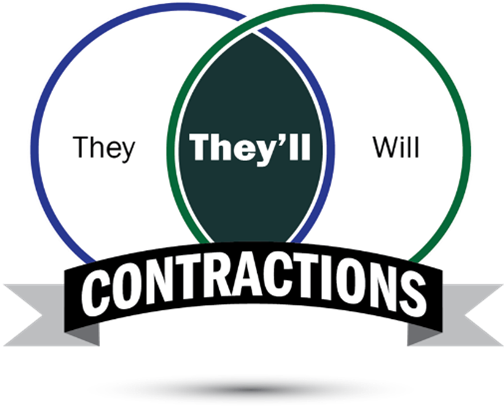Having Contractions

From PlainLanguage.gov:
Contractions make your writing more accessible. Research shows that they also enhance readability. “Write as you talk” is a common rule of writing readably. People are accustomed to hearing contractions in spoken English; therefore, using them in your writing helps people relate to your document. Don’t use contractions wherever possible, but wherever they sound natural.
Yes: Statistics alone can’t explain the problem.
No: The sources’ll back up what I’m saying.
Yes: The team members didn’t have the proper equipment.
No: Unfortunately, my results’re useless.
- Could of
- Would of
- Should of
- Might of
- Could have
- Would have
- Should have
- Might have
“It’s” is a contraction, short for “it is” or “it has.”
- It’s a more environmentally friendly method.
- It’s been too long!
“Its” is a pronoun that shows possession.
- CDC is known for its outbreak response.
Use an apostrophe ONLY when you mean “it is” or “it has.”
“You’re” is a contraction, short for “you are.”
- You’re the authority on this subject.
“Your” is a pronoun that shows possession.
- We need your help with explaining mitosis.
“They’re” is a contraction, short for “they are.”
- Residents know they’re expected to evacuate.
“Their” is a pronoun that shows ownership.
- Medical staff members keep their possessions in lockers.
“There” is an adverb that shows location.
- Everyone wants to train there.
- It’s/its looking as if the hospital has really improved it’s/its contamination procedures.
- The “mad scientist” theme made you’re/your going-away party one they’re/there/their never going to forget.
- You’re/your going to have to convince Captain Mills to approve they’re/there/their request.
- They’re/there/their can’t be unsupervised visitors in the lab.
- Manuel asked if you’re/your sure the journal they’re/there/their submitting the article to has changed it’s/its requirements for publication.
- It’s/its inability to replicate is called “replicative senescence.”
- It’s, its
- your, they’re
- You’re, their
- There
- you’re, they’re, its
- Its